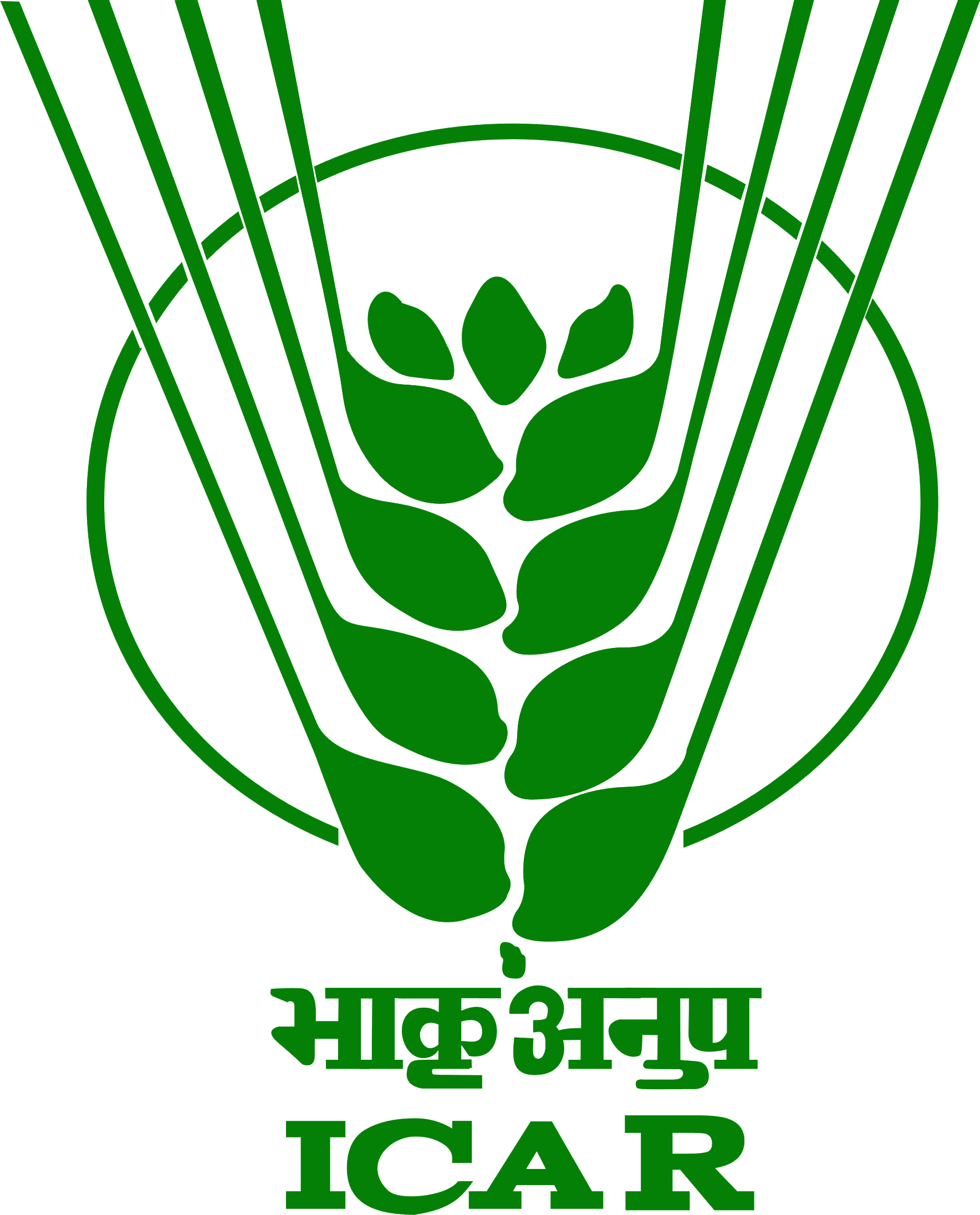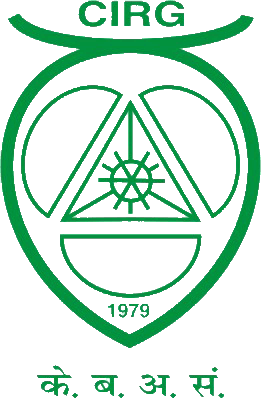



Select Language
|
 |
 |
All India Coordinated Research Project on Goat Improvement |
 |

|
Sangamneri Field Unit, Mahatma Phule Krishi Vidyapeeth, Rahuri, Ahmednagar, MaharashtraPrincipal InvestigatorDr. Sanjay Mandakmale, Associate professor (LPM) Activity assigned and targets fixed for each activity during the periodThe Sangamneri unit, located at MPKV, Rahuri (MH) was given responsibility to improve goats at seven centres in Ahmadnagar, Nasik and Pune districts of Maharashtra state. They were to register approximately 1268 Sangamneri breedable does in 3 districts, 7 Tehsils and 24 villages and genetically improve the breed by following approve technical programme. Activity carried out during the periodThe Unit has registered 1268 breedable does in four clusters, supplied and exchanged 43 elite bucks in the selected clusters. The improvement in milk yield over the baseline population was 47.63 per cent. Organized two Goat Keepers Training Programme in collaboration with Agricultural Technology Information Centre, MPKV, Rahuri and also XIII Annual Review Meet 2013. Prophylactic measures were carried out by vaccinating 3840 goats against ET and PPR. Deworming of 3220 goats were carried out. Involved Rural Women Self Help Groups of Devlali Pravara (Ahmednagar) and Belha (Pune) in the Improvement Programme and motivated them to sell their kids on live weight basis.Farmers–Scientist forum of goat keepers is formulated for dissemination of new techniques of goat keeping viz. feeding of mineral mixture, timely vaccination and deworming. The same forum will be registered as Sangamneri goat breeders association. Refinement of ITK’s viz; optimum age to provide drinking water, effect of free suckling, use of Neem lopping as dewormer, feeding of Tamarind leaves to control diarrhoea etc. is in progress. Flock Statistics The flock statistics of Sangamneri field unit has been presented in Table 1. The opening balance of Sangamneri goats on 01.04.13 was 2456 and with the addition by birth of 1875 kids, the strength of Sangamneri goats has gone up to 4331. Out of which 907 animals were sold, and 216 were died during the period. The closing balance as on 31.03.14 was 3208. The population growth for year 2013-14 was 67.54 per cent. Table 1: Flock strength of Sangamneri goat under field conditions
Body WeightThe overall means for body weights in Sangamneri kids at 1, 3, 6, 9 and 12 months of age were 4.96±0.05, 9.12±0.09, 13.71±0.21, 18.23±0.26 and 22.31±0.34 kg, respectively (Table 2). All the non genetic factors viz. village cluster, year of birth, season of birth, type of birth and sex exerted significant (P<0.01) influence on body weights at all the ages except the season of birth had non-significant influence on body weight at 9 and 12 month and type of birth on 12 month of age. While body weight of all the ages were significantly (P<0.01) influenced by sire.
Milk ProductionThe results revealed that the year of kidding and kidding order had significant (P<0.01) effect on 90 days milk yield, while the village cluster and season of kidding had exerted non significant effect on 90 days milk yield . The overall least squares means for 90 days milk yield was 92.69± 1.90 (Table 3). The improvement of 47.63 per cent in average test day milk yield was noticed over the baseline year 2002-03.
Reproduction The reproductive performance of Sangamneri goats was recorded and presented in Table 4. The overall means for age at maturity, age at first conception, age at first kidding, service period and kidding interval were 251.05±3.70, 318.53±13.41, 469.53±13.57, 118.27±9.20 and 266.36±9.45 days, respectively in the progeny of Sangamneri bucks supplied by projects. The number of kids per kidding was 1.84±0.07. The non-genetic factors i.e. village clusters and year and season of birth had significant influence on pre-partum traits except year of birth had non-significant influence on age at maturity. Type of birth had non-significant influence on all the pre-partum reproductive traits under study. While the post-partum reproductive traits viz. village cluster and season of kidding had exerted significant influence on post-partum traits except no. of kids per kidding. No. of kids per kidding significantly influenced by year and season of kidding. The kidding rate/litter size was 1.84.
Health Management
Table 5: Prophylactic measures adopted for Sangamneri goats
Gaps/constraints/shortfalls/excess and reasons thereof, if any
PC’s evaluation: very good (A) Good (B) poor (C)-------------------Very Good (A)-------------------- Future programme identifying the activities, timeline and targets for each of the activity The Unit is continued to implement technical programme in farmer’s field which consists of: Remarks This Unit has been able to show impact in farmers flock by implementing health control practices and providing improver breeding bucks. Greater emphasis is to be given to field data recording and capacity building of farmers. | |||||||||||||||||||||||||||||||||||||||||||||||||||||||||||||||||||||||||||||||||||||||||||||||||||||||||||||||||||||||||||||||||||||||||||||||||||||||||||||||||||||||||||||||||||||||||||||||||||||||||||||||
All India Coordinated Research Project on Goat Improvement Copyright © 2017 PC Unit, ICAR - CIRG, All rights reserved |
Visitor number: 49797 Developed by Shantanu Singh
Last Modified: 07 Apr 2019 |